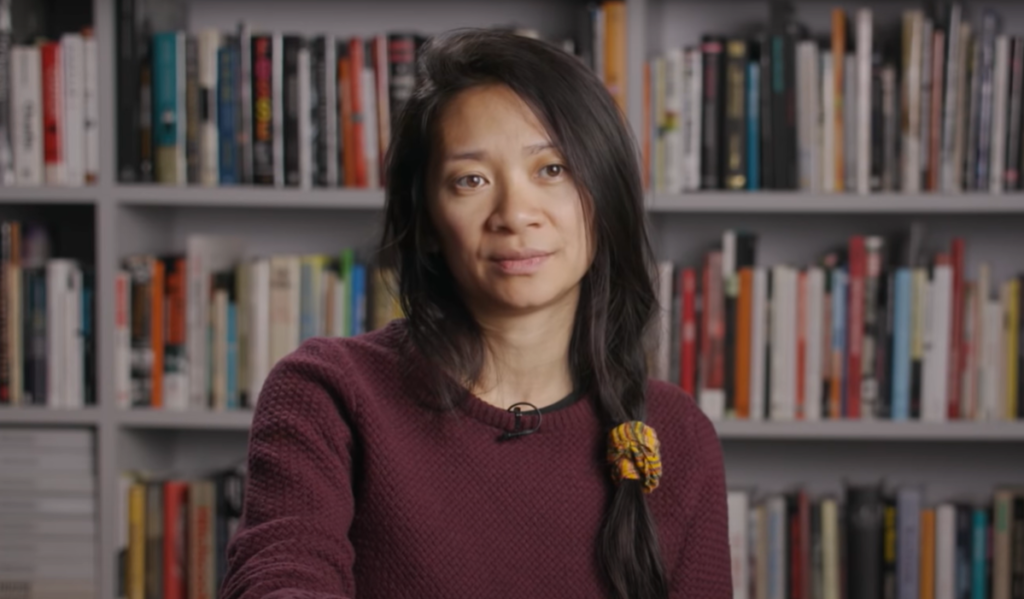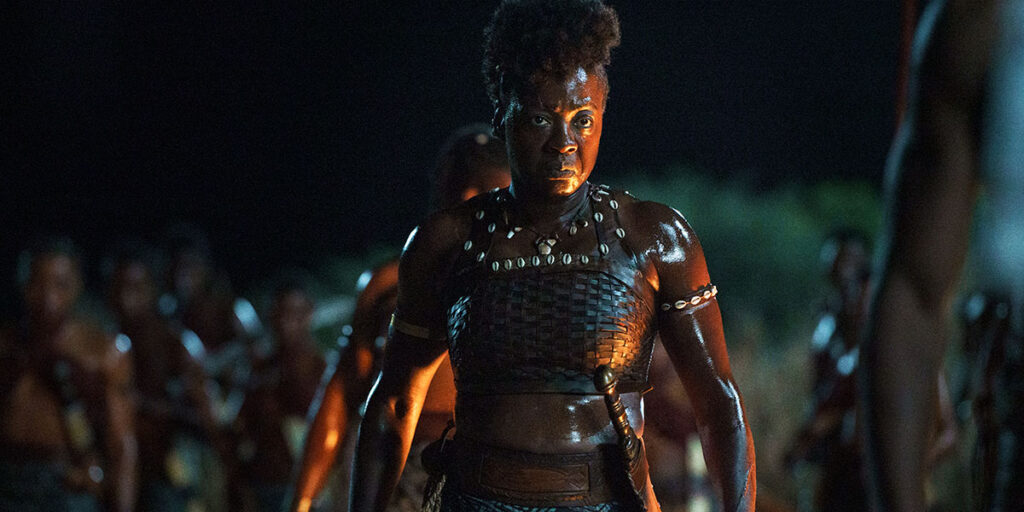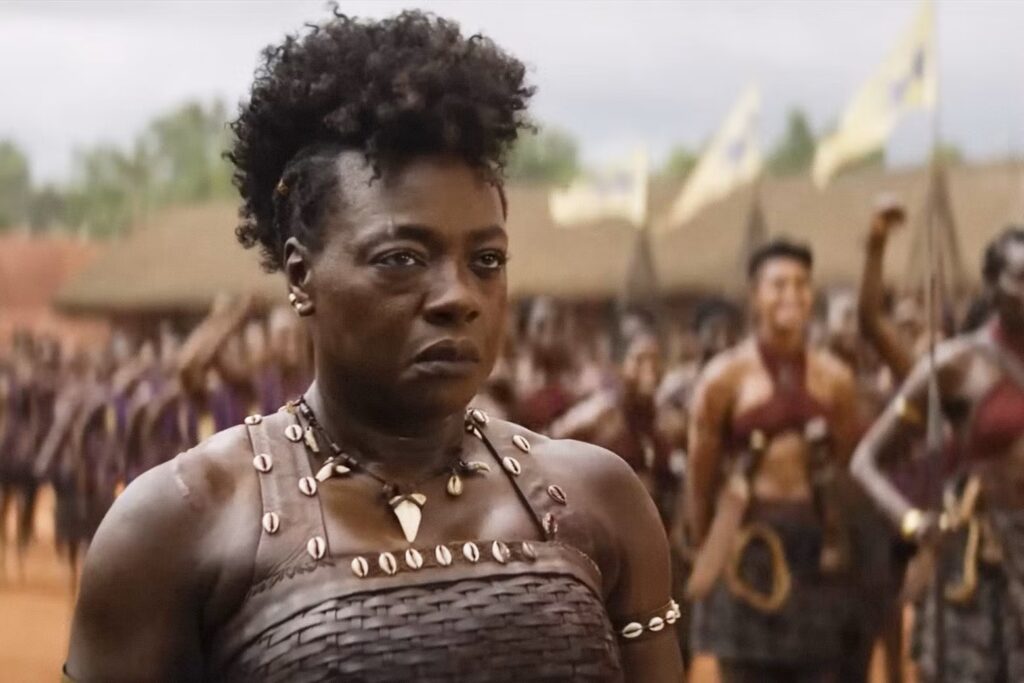The Writers Guild of America West (WGAW) has issued an Inclusion Report Card for the 2017-2018 TV season, and it seems writers’ rooms are still struggling to make the grade when it comes to representation. The report, based on data from the 2,985 television writing jobs in 2017-2018, found that “systematic discrimination against writers from historically underrepresented groups remains pervasive in the hiring of television writers,” according to Deadline.
Women and people of color remain underrepresented as TV writers. Women, who comprise 51 percent of the U.S. population, are 36 percent of TV writers; people of color are 39 percent of the population and 27 percent of TV writers. “Discrimination worsens at upper employment levels,” especially for people of color, the report observes. “On writing staffs, persons of color are mostly concentrated at lower levels.” And last year just 24 percent of showrunners were women, and 12 percent were POC.
The silver lining here is that, while there’s still a significant gender and racial gap among TV writers, the needle has been moving. Over the past 10 years, writer employment has doubled and the number of women has grown from 30 to 35 percent, and the number of POC has increased from 17 to 27 percent.
Unfortunately, that seems to be the exception to the rule. Other underrepresented groups are also being routinely excluded. Although 56.7 million Americans identify as disabled, writers with disabilities represent less than one percent of employed TV scribes. Writers over age 50 “face the same ageism in TV staffing that pervades all of Hollywood – and the near-total absence of staff writers over 50 is clear evidence of systemic age discrimination,” the WGAW stresses.
It’s unclear how many LGBTQ+ individuals are being hired as TV writers because that data depends on self-identification and many members of this community are being told by agents and studio execs that they “don’t count as diverse.” “LGBTQ+ writers are without question members of a historically underrepresented group who are still fighting for equal rights and who still face hiring discrimination around the world and in the entertainment industry,” the guild states. “The WGAW urges all studios and agencies to make sure their policies about LGBTQ+ inclusion are clear and consistent.”
Of course, real inclusion isn’t just about hiring statistics: it also requires a safe, welcoming workplace for all employees. Clearly, contemporary writers’ rooms have a long way to go. As previously reported, the Think Tank for Inclusion & Equity surveyed 282 diverse TV writers — i.e. individuals who identified as women, non-binary, people of color, LGBTQ+, and/or people with disabilities. Sixty-four percent of respondents had encountered bias, discrimination, or harassment by members of their writing staff. Past WGA surveys have found that 64 percent of female writers have been sexually harassed on the job, and that there are “significant barriers” to reporting harassment.
“To remedy the issue and achieve real change, the guild urges all studios and showrunners to continue being part of the solution by improving upon 2018’s numbers in the 2019 TV staffing season,” the Report Card concludes. “With honesty, accountability, and continued effort, we can end unfair discrimination against writers and increase inclusion and equality across our industry.”
To its credit, WGAW has been taking steps to address workplace sexual harassment. Last fall the guild hosted a workshop series that educated participants on harassment, its causes and effects, and how it can be prevented. Hopefully the Inclusion Report Card will inspire the union to take similar action to combat discrimination against marginalized writers.
Check out the full WGAW Inclusion Report Card here.







